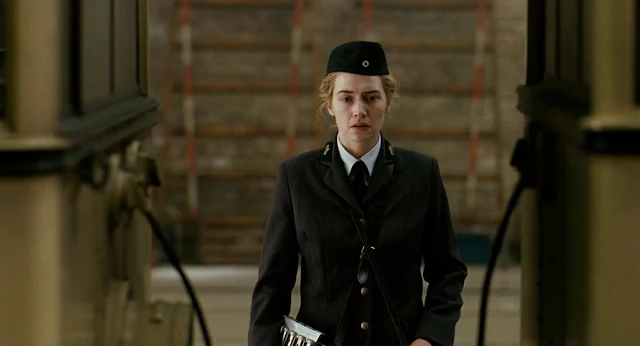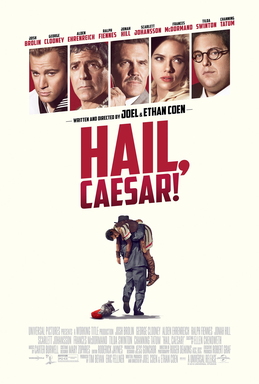How can there be, by current count, 24 James Bond films? (Not counting
the 1967 spoof version of Casino Royale, which had no fewer than five directors, including John Huston.) Why has the series not run its course by now? It has survived regular cast changes, including its central character, who has been played by six different actors: The current Bond, Daniel Craig, had not even been born when the first film in the series,
Dr. No (Terence Young, 1962), premiered. Even recurring characters have been recast: M, Miss Moneypenny, and Q have each been played by five actors, and M underwent a change from male to female when Judi Dench took over the role in
GoldenEye (Martin Campbell, 1995), though the part reverted to male (Ralph Fiennes) at the end of
Skyfall (Sam Mendes, 2012). Yet the series has retained a reassuring familiarity, even to the point of typically beginning with a spectacular action sequence that almost certainly can't be topped in the remaining parts of the film. In
Spectre, Bond is in Mexico City, where he shoots a bad guy, setting off an explosion that has him scrambling to escape from the building's collapsing façade, then chases another bad guy escaping from the rubble onto a helicopter, on which they struggle for control as it careens wildly over the crowds celebrating the Day of the Dead in the Zócalo. Then come the credits and another Bond-film staple, the thematic pop song: This one, "Writing's on the Wall," sung by Sam Smith, who co-wrote it with Jimmy Napes, won an Oscar. And then it's down to the usual business: chastisement by M (Fiennes), gadgets by Q (Ben Whishaw), and pursuit of the villains seeking control of the world. In
Spectre there are two: One, Max Denbigh (Andrew Scott), is trying to take over control of intelligence services all over the world, while the other is a familiar figure from earlier Bond films, Ernst Stavro Blofeld (Christoph Waltz), who is in cahoots with Denbigh. (Blofeld, who had been a regular supervillain in the Sean Connery era, was absent from the Bond films after 1983 because of copyright litigation that was settled before
Spectre, which takes its title from Blofeld's global criminal organization, was filmed.) There are also vodka martinis, shaken not stirred, to be quaffed, and "Bond girls" to be bedded -- although in recent years, Bond's sex life has become less wildly promiscuous and the women have become more complex characters. In
Spectre, one of them, Madeleine Swann, is played by Léa Seydoux, a more than capable actress who sometimes seems to be fighting against the limitations of the role, trying to make Madeleine a more interesting figure than the screenplay allows. So to return to the original question: Why do we still gravitate to the Bond films when there are more novel action-adventures to be had? The series has been so frequently imitated -- Tom Cruise's
Mission: Impossible movies are virtually indistinguishable in formula from Bond films -- that maybe imitation suggests the answer: We crave the familiar, but we also relish the small surprises when the formula is tweaked. In
Spectre, for example, M, Moneypenny (Naomie Harris), and Q all get out of the office and into the field for a change.
Spectre is not quite as satisfying an outing as
Skyfall, and there are signs of fatigue in Craig's performance, suggesting that his term as Bond has run its course -- though he has reportedly signed on for the next one. But longevity can be its own reward: We have become so comfortable with the formula that it still excites people to speculate about the next James Bond -- Tom Hiddleston? Idris Elba?
































